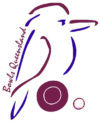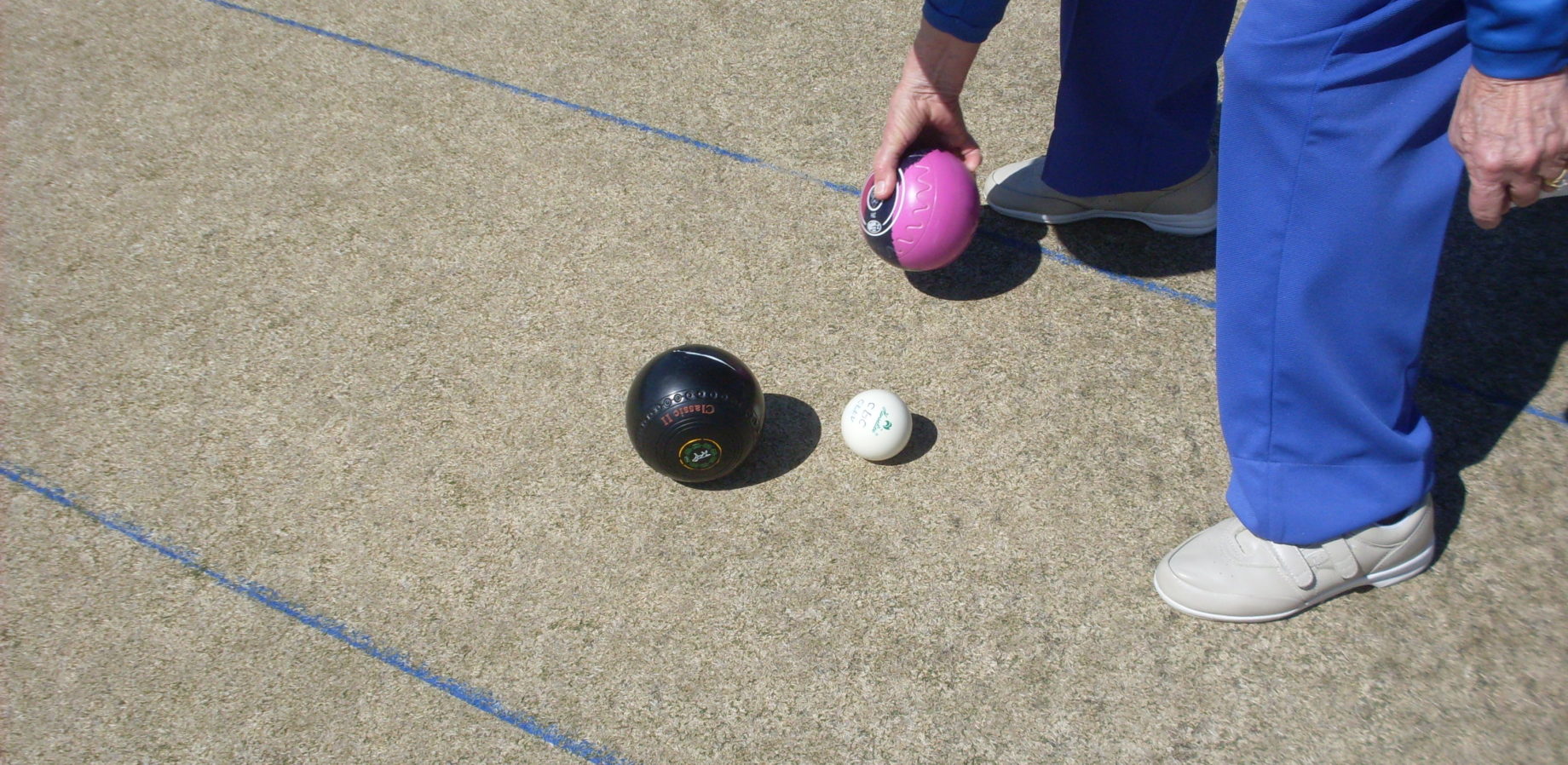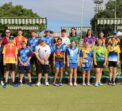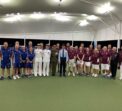Common questions answered
I do hope that all members are well as we continue the journey through our new way of life. I know we are all looking forward to joining each other at the club and on the bowling green as I am sure we all miss the friendship, fun and competition we enjoy when playing this great game.
Following on from last month, here are some more questions and answers for you to go through. I trust that they are of help to you all during this period that we are spending at home.
QUESTION 1
A player delivers a fast drive and it hits a bowl at rest, which then splits into pieces. What action should be taken?
ANSWER
Refer to Laws: 31; 31.2; 31.3 and 31.5
The umpire would be called as the bowl has been split into pieces, therefore, Law 31 would be looked at and Law 31.2 would cover the situation: If a bowl that has been struck by another bowl during the course of play splits into pieces, the end must be declared dead. Law 31.3 would then apply: in the circumstances described in Laws 31.1 and 31.2, the damaged bowl must be replaced by another bowl from the same set before the start of the next or replayed end as appropriate. Law 31.5: Then if a damaged bowl cannot be replaced by another bowl from the same set, all bowls in the damaged set must be replaced with bowls from a different set.
QUESTION 2
You have called the umpire however you do not agree with the umpire’s decision that a bowl is out of bounds. What can you do about the decision?
ANSWER
Refer to Law: 43.2.6
The Umpire’s decision is final in all circumstances except those relating to the meaning or interpretation of a Law, in which case there will be a right of appeal to the Controlling Body. Therefore, in this case, the decision was to advise if the bowl was in or out using measuring equipment.
QUESTION 3
You are marking a Singles Championship Event and a bowl from an adjacent rink is likely to collide with the jack. What action should you take?
ANSWER
Refer to Law 38.6
Jack displacement by a bowl from a neighbouring rink: If a jack at rest on the rink is in danger of being moved by a bowl from a neighbouring rink, any player at the head or the marker must stop the bowl. If the bowl were in its original course and was delivered on a bias that would have taken it back into its rink, it must be replayed.
QUESTION 4
In a competition in which there are two or more rounds in the one day, a team has a bye in the first round. The team that they are drawn to play has played in the first round. Can the team that has the bye practice before the second round?
ANSWER
Refer to Laws: 4.1; 4.1.1; 4.1.2 and 4.1.3
Practice: If a player or team that has not yet played is due to meet a player or team that has already played on the same day, the player or team that has not yet played can practice as long as:
4.1.1 The Controlling Body approves.
4.1.2 There is enough time available without delaying the competition.
4.1.3 Another rink is available apart from that on which the player or team has been drawn to play later that day.
QUESTION 5:
A substitute is playing in team “A” until the original player arrived at the rink and was ready to play. As the substitute was about
to leave to go home a player in team “C” twisted an ankle and is unable to continue. May the substitute play as a substitute for team “C”?
ANSWER
Refer to Law: DR. 2.4.7
Yes. A player who has played as a substitute is eligible to again play as a substitute in that team or another team in that competition.
QUESTION 6
Play is in progress in a singles match when the green is closed due to bad weather. The match is continued the following day and one player decides because the speed of the green has slowed, to play with a different set of bowls. Is this permitted?
ANSWER Law: 29.3.2
Yes. If a game that has been stopped as described in Law 32 (Game Stoppages) is continued on another day, a player can use a different set of bowls to the set they used during the game that was stopped.
All the best with your answers and remember – TAKE CARE and LOOK AFTER YOURSELF.




